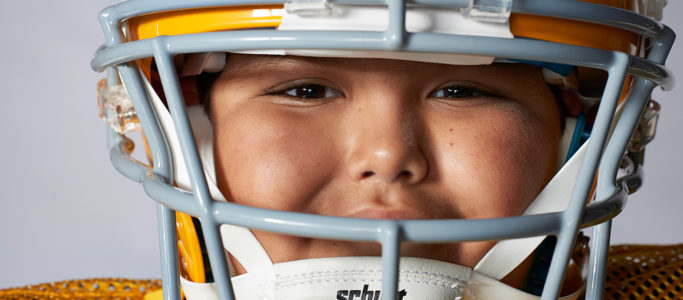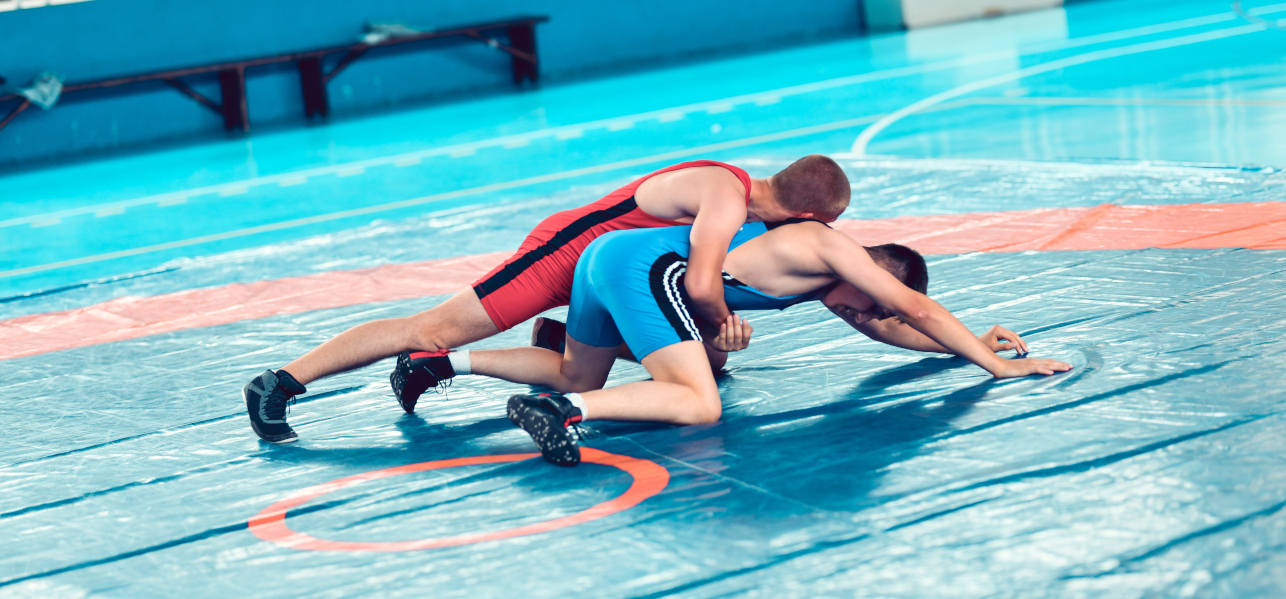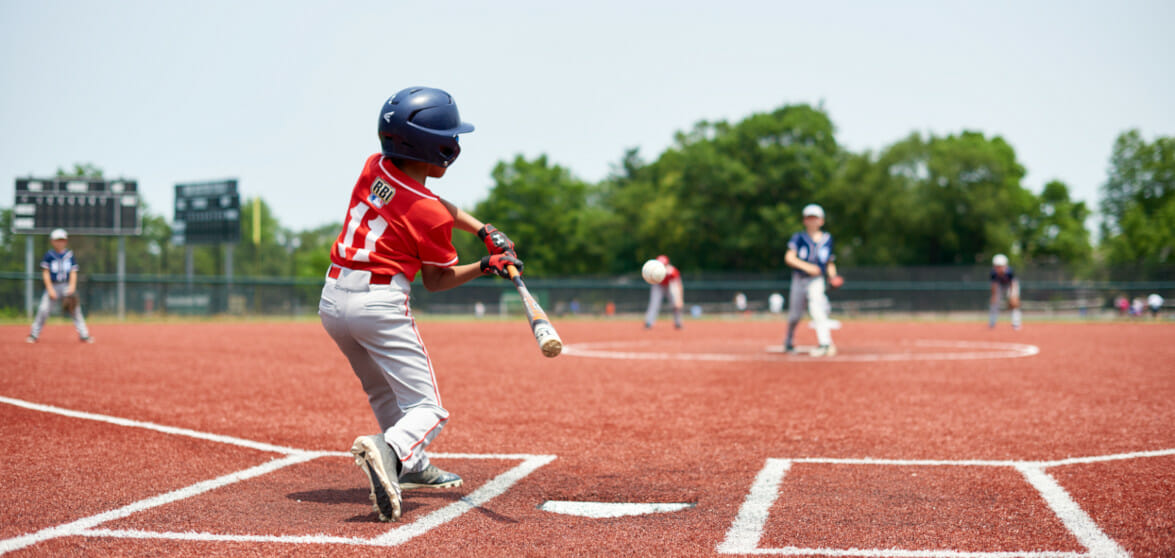Parents often ask me: “Should I let my kid play football?” Or hockey, or lacrosse, or soccer, or any other contact sport. Their biggest concern with these sports has to do with concussions, and rightfully so.
Are Concussions On The Rise?
If concussions seem to be “on the rise” recently it’s because we are doing a better job than ever before at identifying and managing concussions when they happen. Concussions are no more prevalent now than they were 10, 20 or even 50 years ago.
Today, families and coaches better understand the signs and symptoms of concussions. They’re seeking care when necessary and following the proper return-to-play and return-to-learn protocol – all great outcomes.
But, in my opinion, a less positive outcome of our heightened awareness for concussions is that some families have been scared into paralysis and are choosing to keep their kids out of sports altogether.
My advice to those parents is: please don’t be afraid to let kids play sports.
Should I Let My Kids Play Contact Sports?
When a parent asks me if they should let their child play football, I share thoughts similar to:
“The decision is entirely yours, but, whatever you decide, please don’t let a headline in a newspaper or a reporter on TV make the decision for you. Concussions in kids are a problem – don’t get me wrong. But the lifelong benefits of being active and playing sports at a young age far outweigh the risks of your child possibly becoming injured.”
The risk of physical injury is, and always has been, a part of getting kids physically active. Bruises, scrapes, broken bones, sprains and, yes, even concussions, will always be a possibility whether we like it or not. But that’s why pediatric sports medicine and research exists – to help kids play safe and also recover from injury so they can get back to healthy physical activity in their formidable growing years.
Ultimately I can’t tell you how to choose which sports your child should play and not play. Take into consideration your child’s interests, the risks involved, and the options available to your family, then make an informed decision.
Why Inactivity Is Never The Solution
What I can tell you is that inactivity should never be an option. Sitting on the couch is not a safer alternative to playing sports and being active – in fact, it’s more deadly. According to the World Health Organization (WHO), physical inactivity is the fourth leading cause of death worldwide. So if we take away sports, which is the only thing in my mind that spontaneously motivates kids and gets them moving, we may actually be increasing the risk of harm, not decreasing it.
Research To Prevent Concussions
Another positive outcome of the renewed conversation over sports-related concussions is that more resources are being devoted to finding evidence-based solutions to fix the problem through sports medicine research. As a result, we are getting better at preventing concussions from occurring.
At Cincinnati Children’s, we are available help your young athlete and to answer your questions. To make an appointment or speak with a staff member, please contact our Division of Sports Medicine





